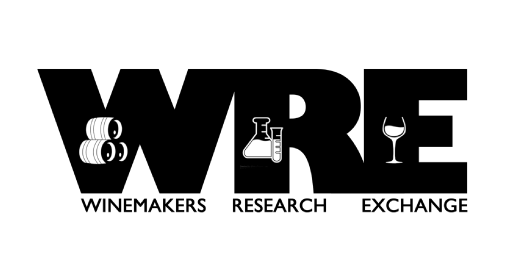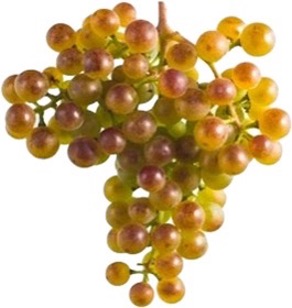Introduction
Petit Manseng was introduced to Virginia by Dr. Tony Wolf in the late 1980’s and has become popular among grape growers for its loose clusters, thick skins, and resistance to bunch rots1. Especially attractive is its ability to ripen with consistency, even across vintages with highly variable rainfall and temperature. In the last 30 years, the popularity of this variety has grown such that by 2006, Virginia boasted the second largest planting of Petit Manseng in the world2,3 (though we have now slipped to #3 behind China). In its home region of the Jurançon in SW France, Petit Manseng is primarily used for production of off dry or dessert wines, often blended with Gros Manseng4. In Virginia, some winemakers see the potential of this variety to produce an excellent, distinctive, ageable, dry white wine.
However, the ripening kinetics of Petit Manseng often present a challenge when trying to balance the alcohol, acidity, and distinctively strong tropical aromas to craft a harmonious wine. Petit Manseng can exhibit rapid Brix accumulation with very little acid depletion, leading to very high potential alcohol (15-16%) with high acidity (10 g/L titratable acidity or more). Petit Manseng wines have unique fruity and spicy aromas such as pineapple, peach, melon, grapefruit, nutmeg, honey, wildflowers, box tree, and roasted coffee bean5. Notable levels of thiols6 and esters7 have been reported in wines made from Petit anseng grapes and contribute to these descriptors. Enduring long hang times to reduce acidity also allows strong tropical flavors and aromas to develop, to the point some winemakers find them overpowering or out of balance.
As a non-traditional variety of Vitis vinifera, there are few “standards” to adhere to when making Petit Manseng. The ripening kinetics of Petit Manseng are not as well understood as those of more common varieties, such as Chardonnay, leading to questions about when to harvest to make the most of potential fruit quality. Also, we don’t really understand the best way to make this wine given its unique chemistries.
To help winemakers better answer these questions, WRE has conducted several studies of Petit Manseng including a systematic study of ripening kinetics in collaboration with Dr’s Beth Chang and Dennis Cladis of Virginia Tech’s Food Sciences Department as well as several winemaker-initiated experiments testing harvest timing and winemaking approaches.
References
(1) Wolf, T. K. Wine Grape Production Guide for Eastern North America; Plant and Life Sciences Publishing: Ithaca, New York, 2008.
(2) Robinson, J. The Oxford Companion to Wine, Third Editioin.; Oxford University Press: Oxford, 2006.
(3) 2022 Virginia Commercial Grape Report; Virginia Wine Board, Virginia Vineyards Association, Virginia Wineries Association, 2023.
(4) Robinson, J.; Harding, J.; Vouillamoz, J. Wine Grapes: A Complete Guide to 1368 Vine Varieties, Including Their Origins and Flavours, Illustrated Edition.; The Penguin Group: New York, 2012.
(5) Gardner, D. M.; Duncan, S. E.; Zoecklein, B. W. Aroma Characterization of Petit Manseng Wines Using Sensory Consensus Training, SPME GC-MS, and Electronic Nose Analysis. American Journal of Enology and Viticulture 2017, 68 (1), 112–119.
(6) Tominaga, T.; Baltenweck-Guyot, R.; Gachons, C. P. D.; Dubourdieu, D. Contribution of Volatile Thiols to the Aromas of White Wines Made From Several Vitis Vinifera Grape Varieties. Am J Enol Vitic. 2000, 51 (2), 178–181.
(7) Antalick, G.; Perello, M.-C.; Revel, G. de. Esters in Wines: New Insight through the Establishment of a Database of French Wines. Am J Enol Vitic. 2014, 65 (3), 293–304.























